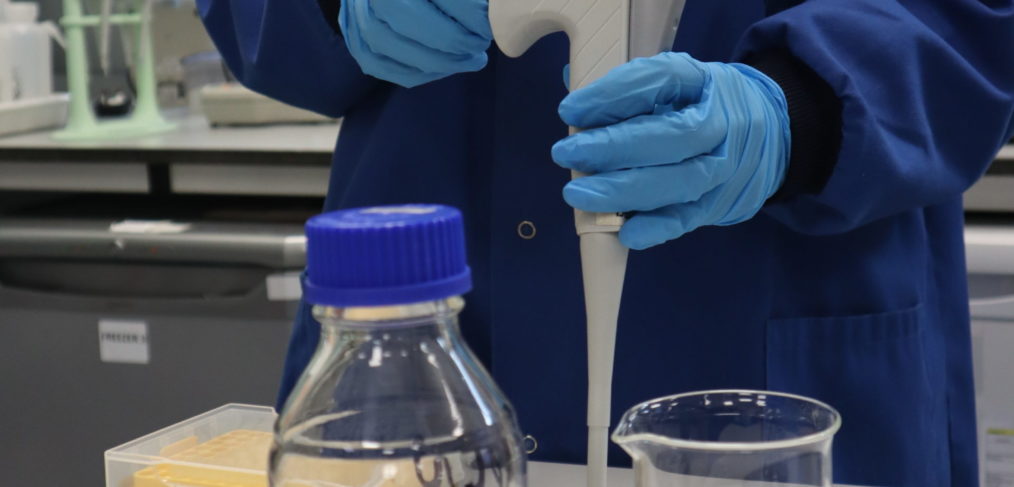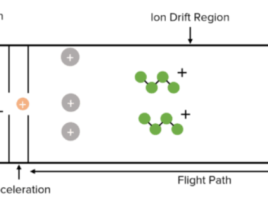
Things To Avoid: Top 8 Lab Mistakes Made by Students
- Incorrect Labelling
If the labelling is done incorrectly and samples are mixed up as a result, the only thing we can do is repeat the whole experiment, wasting time and products. When using a handwritten label, make sure it is authentic; always add the date of labelling, the expiry date and your initials.
2. Using the wrong reagent in an experiment
Researchers frequently add the incorrect chemicals to an experiment, such as beta-mercaptoethanol instead of polyacrylamide (1) or using the Internal Standard solution instead of the Reconstitution Solution. This can have many consequences. Stay focused and read the label properly before adding the reagent. It might seem like an easy task, but you can get distracted easily.
3. Incomplete Dissolution
A common error is not completely dissolving the drug of interest. As a result, the drug concentration won’t be as needed, leading to experimental error (2). Alternatively, the buffer salt is not fully dissolved which will give the wrong strength buffer and could potentially block frits or lines. Therefore, you should ensure that the chemicals/drugs are fully dissolved.
4. Wetting your pipette tips before use
It is always a good idea to aspirate and dispense your solution once before aspirating and removing the required volume. This ensures you are actually pipetting the correct volume and not losing any on the inside of the tip.
5. Not using the correct pipette for the volume required
Using the correct pipette for the volume you are handling reduces volumetric errors. For example, if you need to pipette 10ul, the best pipette for the job would be a 10ul pipette. If one of these isn’t available, then the next best is a 20ul pipette. It is always best to choose a pipette whose nominal volume is closest to the required volume.
6. Not loading your centrifuge correctly
Not ensuring your samples are balanced in a centrifuge can lead to rotors failing and possible destruction of the surrounding laboratory.
7. Insufficient sample centrifugation
Non-solubilized membrane fragments and protein clumps will remain in the sample if the centrifugation force is not strong enough (2). These will subsequently be identified as “interaction partners” in investigations using GST pull-down and co-immunoprecipitation (2).
8. Not ensuring the balance is at zero before starting to weigh things out
Before using the balance, you should always ensure it’s at zero, in order to obtain accurate results. It is important to ensure that you zero the balance once you have placed your weighing vessel on the pan.
Our laboratory training course
We offer a general lab skills course which will teach you the basic techniques that are used in a GLP laboratory.
If you’ve just finished your degree, or have taken a gap year and would like to refresh your memory and gain confidence and knowledge to work in a lab (without making common mistakes), please contact us today to book your training.
Our lab manager, Dr. Carolyn Hyde, has over 30 years of experience and will answer all your questions.
If you wish to know more about this course, please click here.
References
- Labmonk. Twenty Common Laboratory mistakes we should avoid. (Internet) Available from:https://labmonk.com/blog/twenty-common-laboratory-mistakes-avoid/
- Hellobio. Ten common lab mistakes. (Internet) Available from:https://hellobio.com/blog/ten-common-lab-mistakes.html




